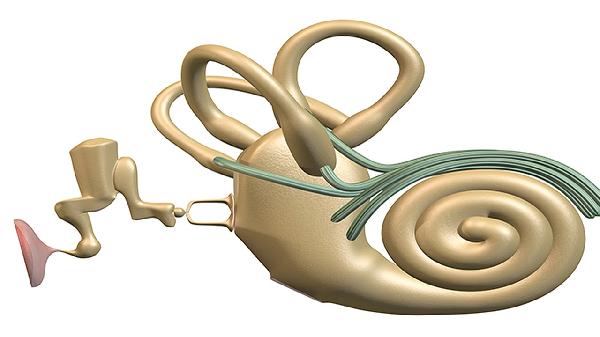Headphones, an indispensable item in modern life, have become a "standard" for our commuting, work, and entertainment. Wearing them seems to instantly transport us into our own world, isolating us from the noise outside. However, have you ever thought that this seemingly harmless little device might silently "steal" your health? Especially when using headphones for long periods at high volumes, neurasthenia might be waving at you. Today, let's talk about the relationship between headphone use and neurasthenia, and how to scientifically use headphones to protect our hearing and nerve health.

1. The relationship between headphone use and neurasthenia
Wearing headphones for long periods, especially at high volumes, causes continuous stimulation to the auditory system. This stimulation not only damages the hair cells in the cochlea, leading to hearing loss, but also transmits through the auditory nerve to the brain, causing excessive excitement in the cerebral cortex. Over time, the balance between excitation and inhibition in the brain is disrupted, leading to symptoms such as fatigue, insomnia, and difficulty concentrating, which are typical manifestations of neurasthenia.
2. The harm of high volume to the nervous system
When the headphone volume exceeds 85 decibels, the auditory system is under tremendous pressure. Long-term exposure to high volume not only accelerates hearing loss but also causes irreversible damage to the nervous system. High volume stimulates the cerebral cortex, leading to the disorder of neurotransmitter secretion, which in turn causes anxiety, depression, and even aggravates neurasthenia.
3. The hidden dangers of prolonged headphone use
In addition to volume issues, prolonged headphone use can also lead to poor air circulation in the ear canal, making it easy for bacteria to grow and causing ear infections. Moreover, the pressure of the headphones on the ear canal can affect blood circulation, causing ear discomfort and even headaches and dizziness. These physical discomforts further burden the nervous system, increasing the risk of neurasthenia.
4. How to use headphones scientifically?
To avoid the negative impact of headphones on nerve health, it is recommended to follow the "60-60 rule": the volume should not exceed 60% of the maximum volume, and the continuous use time should not exceed 60 minutes. At the same time, try to choose open-ear or bone-conduction headphones to reduce direct pressure on the ear canal. In noisy environments, noise-canceling headphones can be used to avoid turning up the volume to mask the noise.
5. Other methods to protect hearing and nerve health
In addition to using headphones scientifically, there are other ways to protect hearing and nerve health in daily life. For example, regular hearing checks can help detect and address hearing problems early; maintaining adequate sleep and avoiding excessive fatigue; and engaging in outdoor activities to relax the mind and body and relieve stress. These measures all help prevent neurasthenia and maintain overall health.
Although headphones bring convenience and fun to our lives, improper use can cause serious damage to hearing and the nervous system. Neurasthenia is not formed overnight but is the result of long-term accumulation of bad habits. Therefore, let's start using headphones scientifically now to protect our hearing and nerve health, and stay away from the troubles of neurasthenia. Remember, a healthy lifestyle is the foundation of enjoying a good life!
























